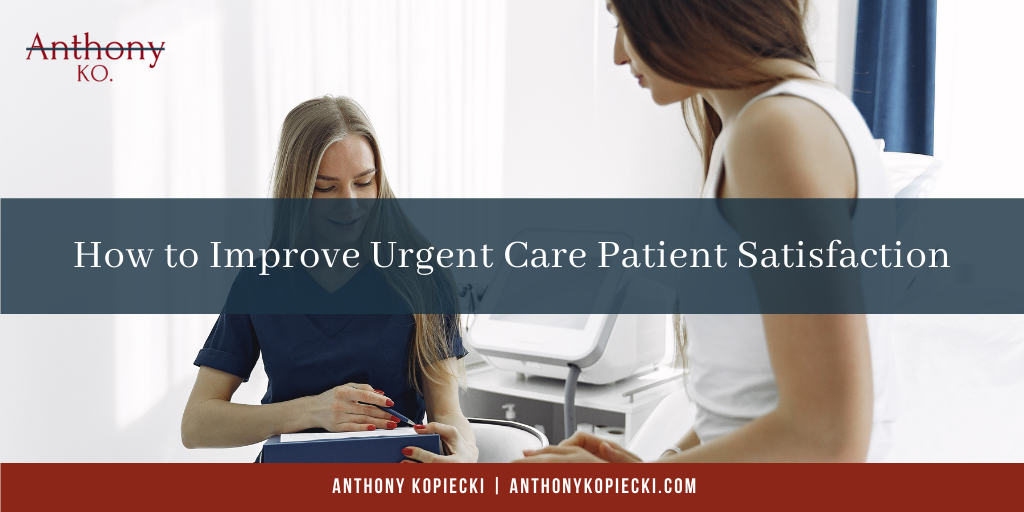No one enjoys going to urgent care in an emergency situation. Whether the issue is a broken bone, a worsening infection, or a chronic health condition flaring up, visitors to urgent care centers just want to get in, get the care they require and leave.
For caregivers interested in maximizing patient satisfaction, the following tips and strategies can improve the patient experience and the health outcome of the visit.
Real-Time Patient Feedback
Most of us have received a follow-up “satisfaction survey” for everyday, routine activities from fixing our cars to visiting a local governmental office.
What the researchers who design and implement these surveys have discovered, though, is that the feedback is much more accurate, forthcoming, and actionable if it is received at the time the service is rendered.
In the case of urgent care, this means hearing feedback from patients while they are at the facility because their recollections are fresher, they have less time to alter their impressions of the service they got, and, ultimately, they are more likely to report an overall positive experience if their feelings are accounted for from the very beginning.
Develop an Urgent Care “Playbook”
As anyone who has worked in the often-chaotic urgent healthcare environment can attest to, running a tight ship when it comes to frontline care for the sick and injured is easier said than done.
That’s why industry analysts recommend creating (and continually updating) a “playbook” that details the proper protocol of events from the moment a patient enters the facility until the moment he or she is discharged.
Online Registration
Streamlining the intake process for incoming patients can get your provider-patient relationship off on the right foot.
Allowing patients or their caregivers to register in advance gives staff the time to assemble any equipment or medications that may be required and plan to deal with any overcrowding or similar logistical challenges.
Two-Way Texting
Maintaining constant contact is ideal for a smooth process in terms of the patient’s treatment and recovery.
They are establishing a text-based relationship where patients can receive test results and offer feedback to staff can improve connectivity and, ultimately, the outcome of the visit.
Incorporate these best practices in your urgent care environment and reap the time-saving and health-improving benefits for both staff and patients.
